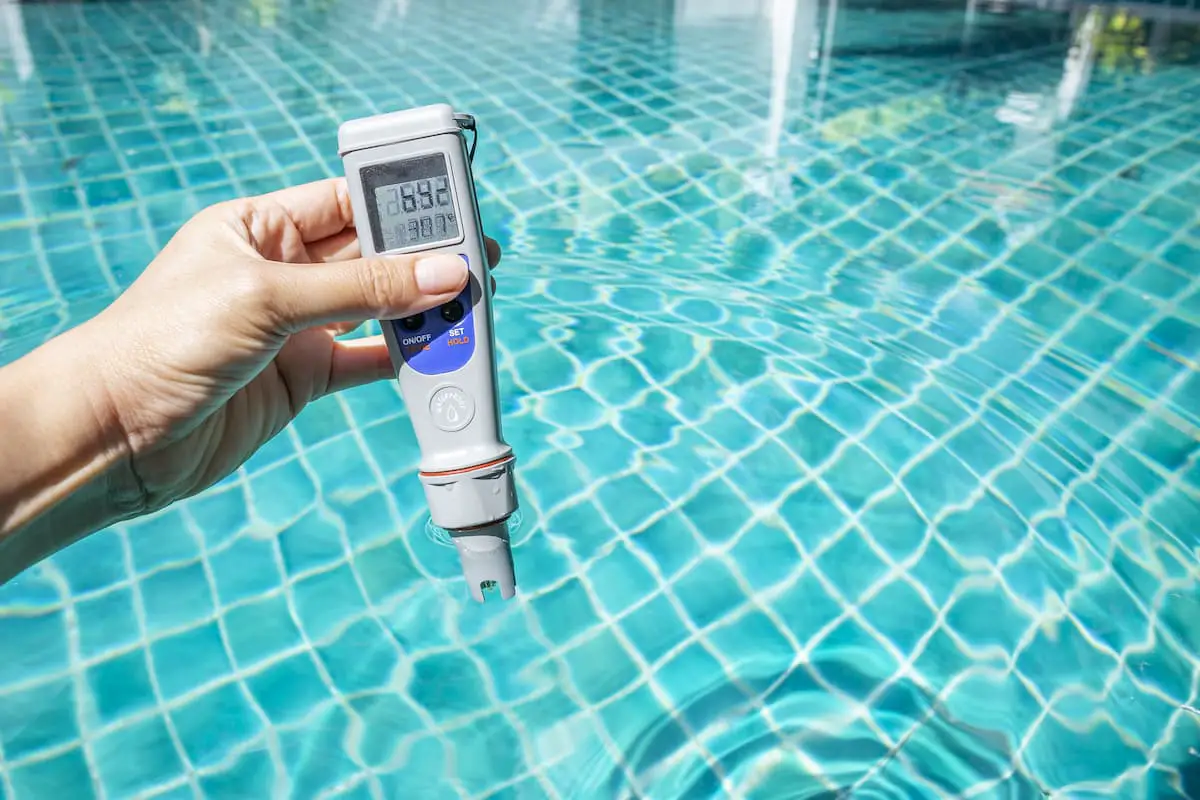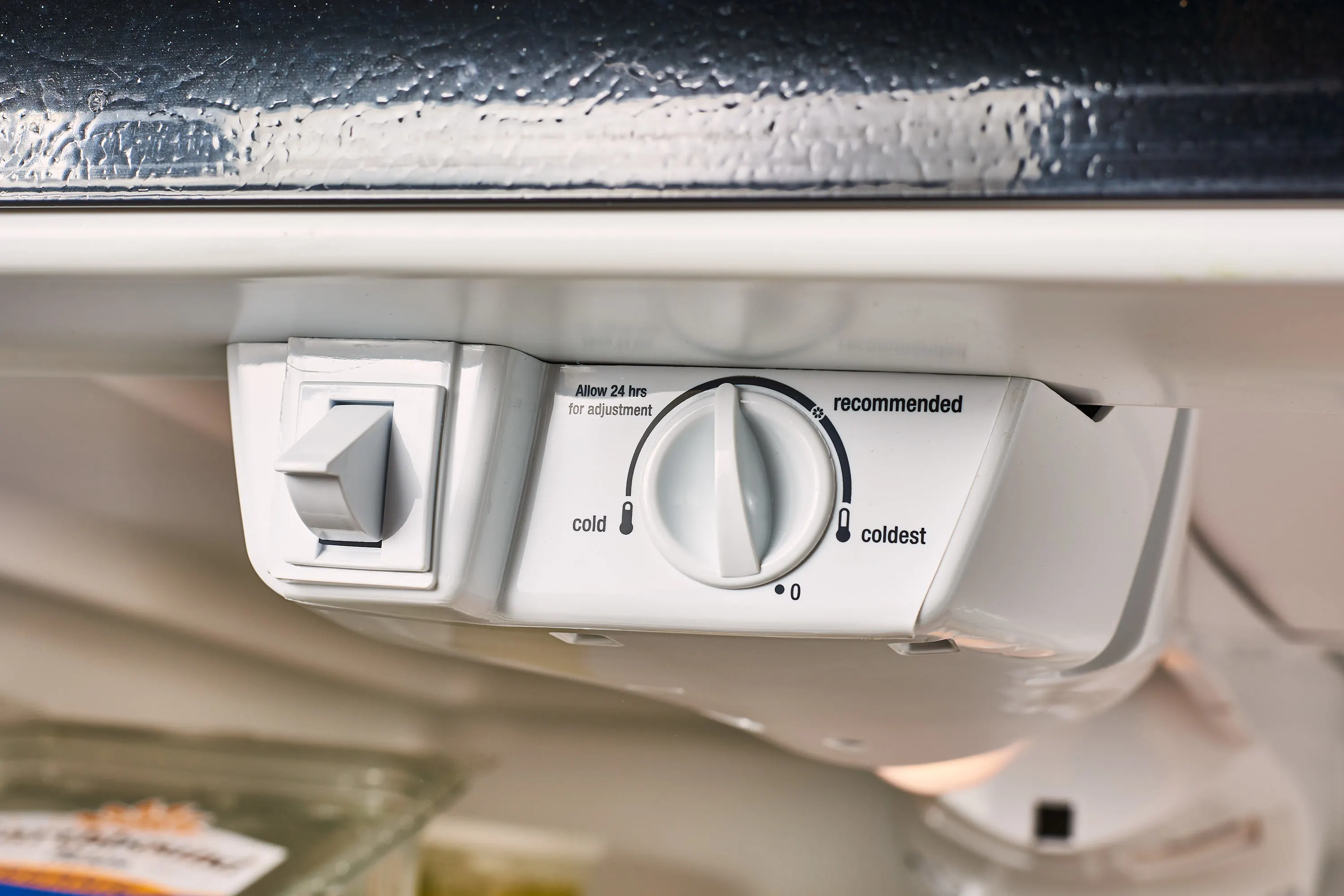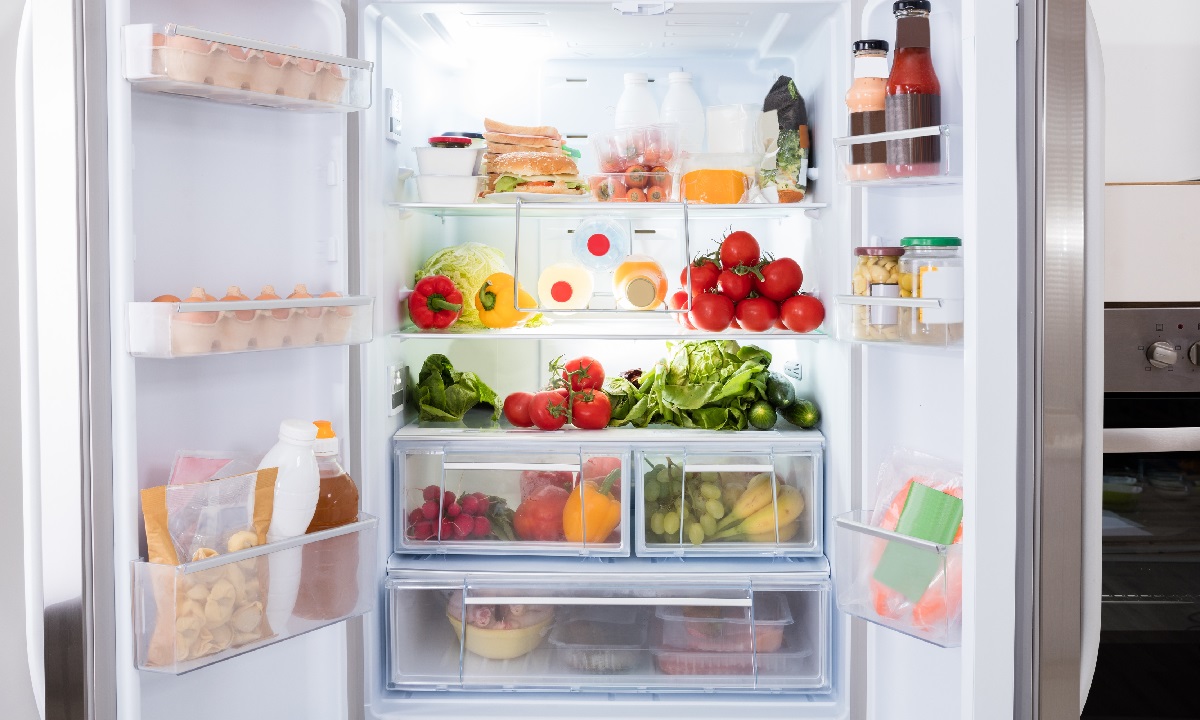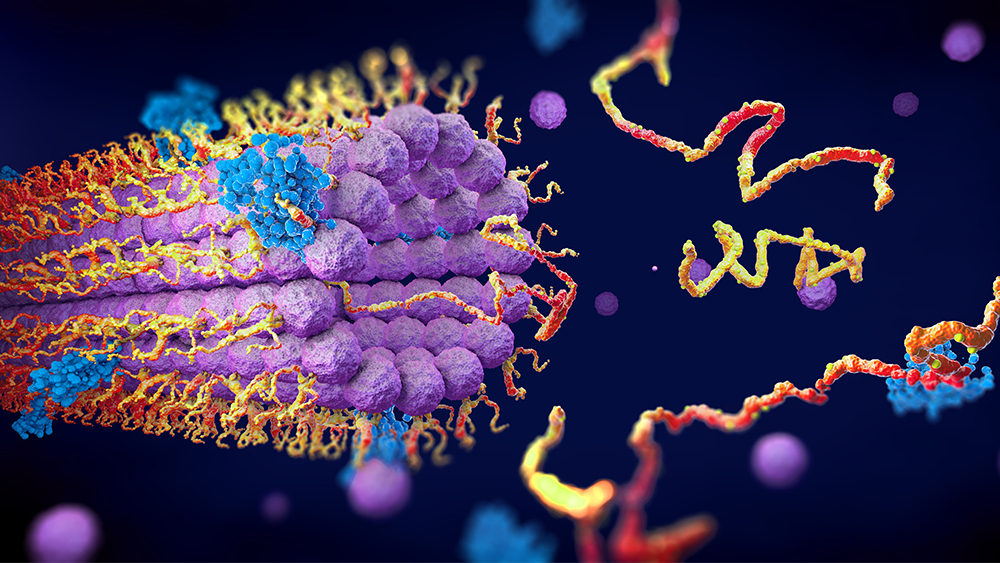Home>Fashion & Beauty>Optimal Temperature For Newborns: Tips For Maintaining A Safe And Comfortable Environment
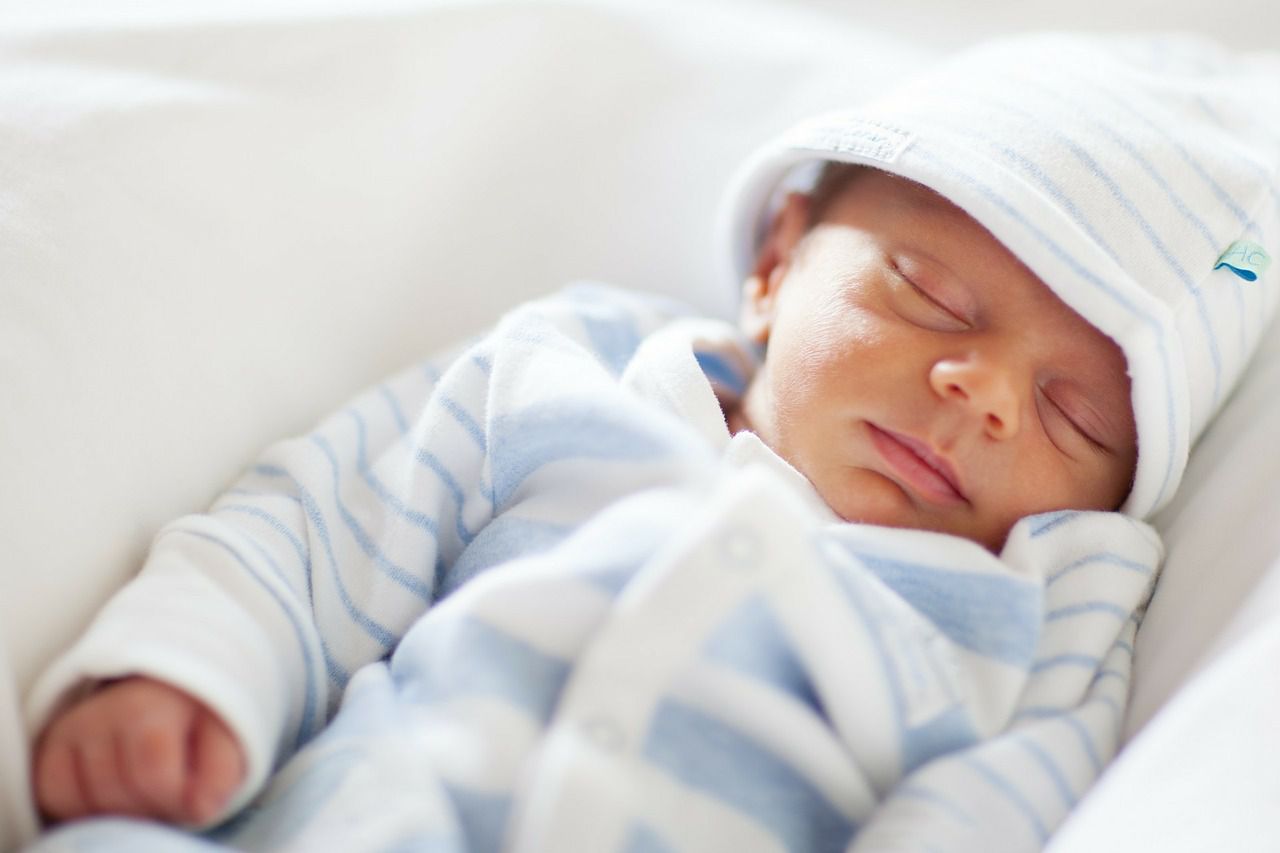

Fashion & Beauty
Optimal Temperature For Newborns: Tips For Maintaining A Safe And Comfortable Environment
Published: February 19, 2024
Discover the optimal temperature for newborns and learn how to create a safe and comfortable environment. Expert tips for maintaining the perfect conditions for your baby.
(Many of the links in this article redirect to a specific reviewed product. Your purchase of these products through affiliate links helps to generate commission for Temperatures.com, at no extra cost. Learn more)
Table of Contents
- Importance of Maintaining the Right Temperature for Newborns
- Understanding the Ideal Temperature Range for Newborns
- Tips for Creating a Safe and Comfortable Environment for Newborns
- Common Mistakes to Avoid When Regulating Temperature for Newborns
- Conclusion: Ensuring the Optimal Temperature for Newborns
Importance of Maintaining the Right Temperature for Newborns
Ensuring the right temperature for newborns is crucial for their health and well-being. Newborns are highly sensitive to temperature changes, as their bodies are not yet fully capable of regulating heat. Maintaining an optimal temperature is essential for their comfort, sleep quality, and overall development.
Newborns are unable to communicate their discomfort, making it imperative for caregivers to be vigilant in creating a suitable environment. Exposure to extreme temperatures can lead to health complications such as hypothermia or overheating, both of which can be detrimental to a newborn's delicate system.
The ideal temperature for newborns is generally recommended to be between 68-72°F (20-22°C). This range provides a comfortable and safe environment for the baby. Temperatures outside this range can disrupt the baby's sleep patterns, affect their feeding, and even make them more susceptible to illnesses.
Maintaining the right temperature is especially crucial during the first few weeks of a newborn's life when they are adjusting to the external environment. It is during this time that they are most vulnerable to temperature-related issues. Whether it's the heat of summer or the chill of winter, ensuring a consistent and appropriate temperature is essential for their well-being.
In summary, the significance of maintaining the right temperature for newborns cannot be overstated. It directly impacts their comfort, sleep quality, and overall health. Caregivers must be diligent in creating a safe and comfortable environment to support the newborn's well-being during this critical stage of development.
Read more: Ideal Indoor Temperature For Dogs: Ensuring A Comfortable Environment For Your Canine Companion
Understanding the Ideal Temperature Range for Newborns
Maintaining the ideal temperature range for newborns is a fundamental aspect of providing a nurturing environment for their growth and development. Newborns are highly sensitive to temperature variations, and understanding the optimal range is essential for their well-being.
The recommended temperature range for newborns typically falls between 68-72°F (20-22°C). This range is considered optimal as it provides a comfortable and safe environment for the baby. Temperatures within this range support the newborn's ability to regulate their body temperature, ensuring that they neither become too cold nor too hot.
During the initial weeks of a newborn's life, their bodies are adjusting to the external environment. This period is critical, as their ability to regulate body temperature is not fully developed. As a result, they are more susceptible to the effects of extreme temperatures. Exposure to temperatures below the recommended range can lead to hypothermia, causing the baby to become excessively cold and experience complications such as lethargy and breathing difficulties. On the other hand, exposure to temperatures above the recommended range can result in overheating, leading to dehydration and discomfort for the newborn.
Understanding the ideal temperature range for newborns also involves considering factors such as clothing and bedding. Dressing the baby in appropriate clothing suitable for the ambient temperature is essential. In colder conditions, using layers and ensuring the baby is adequately covered with blankets can help maintain their body heat. Conversely, in warmer conditions, lightweight and breathable clothing can prevent overheating.
Additionally, monitoring the baby's cues can provide valuable insights into their comfort level. Signs of discomfort due to temperature variations may include fussiness, flushed skin, or excessive crying. Observing these cues allows caregivers to make necessary adjustments to maintain the optimal temperature for the newborn.
In summary, understanding the ideal temperature range for newborns is crucial for creating a nurturing environment that supports their well-being. By maintaining the recommended temperature range, being attentive to clothing and bedding choices, and observing the baby's cues, caregivers can ensure that newborns are provided with a safe and comfortable environment conducive to their healthy development.
Tips for Creating a Safe and Comfortable Environment for Newborns
Creating a safe and comfortable environment for newborns is essential for their well-being and development. Here are some valuable tips to ensure that the newborn is provided with an optimal setting that promotes their health and comfort:
-
Maintain the Ideal Temperature: As discussed earlier, maintaining the recommended temperature range of 68-72°F (20-22°C) is crucial for newborns. Use a reliable room thermometer to monitor the temperature and make adjustments as needed to ensure a comfortable environment for the baby.
-
Proper Clothing and Bedding: Dress the newborn in clothing suitable for the ambient temperature. In colder conditions, opt for soft, breathable layers to keep the baby warm. Use lightweight, breathable fabrics in warmer conditions. When it comes to bedding, choose materials that are gentle on the baby's skin and ensure that the crib or bassinet is free from suffocation hazards.
-
Regulate Humidity Levels: Maintaining appropriate humidity levels in the baby's environment is important. Using a humidifier can help prevent the air from becoming too dry, especially during the winter months when indoor heating can reduce humidity levels. This can help prevent skin dryness and respiratory discomfort for the newborn.
-
Ensure Proper Ventilation: Good air circulation is essential for a healthy environment. Proper ventilation helps maintain air quality and prevents the buildup of stale air, which can be particularly beneficial in reducing the risk of respiratory issues for the newborn.
-
Avoid Overheating: Be cautious of overdressing the baby, as overheating can pose risks to their health. Keep an eye on signs of overheating such as flushed skin, sweating, or rapid breathing. Adjust the baby's clothing and the room temperature accordingly to maintain a comfortable balance.
-
Create a Calm Sleeping Environment: Establish a soothing bedtime routine and create a peaceful sleeping environment for the newborn. Dim the lights, play soft music, and ensure that the sleeping area is free from distractions to promote restful sleep.
-
Regular Skin-to-Skin Contact: Providing regular skin-to-skin contact with the newborn not only fosters bonding but also helps regulate the baby's body temperature. This intimate contact can provide comfort and reassurance to the newborn.
By implementing these tips, caregivers can create a safe and comfortable environment that supports the newborn's well-being, fostering healthy growth and development.
Common Mistakes to Avoid When Regulating Temperature for Newborns
Regulating the temperature for newborns requires careful attention to detail and an understanding of the factors that can impact their comfort and well-being. Avoiding common mistakes in temperature regulation is essential to ensure a safe and nurturing environment for the newborn. Here are key mistakes to steer clear of:
Overlooking Room Temperature Fluctuations
One common mistake is overlooking fluctuations in room temperature. It's important to remember that the ambient temperature can change throughout the day and night. Failing to monitor and adjust the room temperature accordingly can lead to discomfort for the newborn. Caregivers should regularly check the room temperature and make necessary adjustments to maintain the recommended range.
Inadequate Clothing Choices
Selecting inappropriate clothing for the newborn based on the ambient temperature can lead to discomfort. Overdressing or underdressing the baby can disrupt their body temperature regulation. Caregivers should choose clothing that aligns with the current room temperature, ensuring that the baby is neither too hot nor too cold. Additionally, using uncomfortable or rough fabrics can irritate the baby's delicate skin, emphasizing the importance of selecting soft, breathable materials.
Neglecting Humidity Levels
Neglecting humidity levels in the baby's environment is another common oversight. Low humidity levels, particularly in dry climates or heated indoor spaces, can lead to skin dryness and respiratory discomfort for the newborn. Using a humidifier to maintain appropriate humidity levels can help alleviate these issues, promoting a more comfortable environment for the baby.
Inadequate Ventilation
Inadequate ventilation can result in poor air quality, potentially impacting the newborn's respiratory health. Stale air and inadequate circulation can contribute to discomfort and may increase the risk of respiratory issues. Caregivers should ensure proper ventilation in the baby's living space to maintain fresh, clean air.
Ignoring Signs of Overheating or Chilling
Ignoring signs of overheating or chilling in the newborn can have adverse effects on their well-being. It's crucial to be attentive to cues such as flushed skin, sweating, shivering, or rapid breathing, as these may indicate that the baby is too hot or too cold. Responding promptly to these signs by adjusting the room temperature and the baby's clothing can help maintain their comfort and prevent potential health issues.
By being mindful of these common mistakes and taking proactive measures to avoid them, caregivers can create a safe and comfortable environment that supports the newborn's well-being, fostering healthy growth and development.
Conclusion: Ensuring the Optimal Temperature for Newborns
Maintaining the optimal temperature for newborns is a foundational aspect of providing a safe and nurturing environment that supports their well-being and development. The delicate nature of newborns makes them highly susceptible to the effects of temperature variations, emphasizing the critical importance of creating a comfortable and stable environment for their growth.
By adhering to the recommended temperature range of 68-72°F (20-22°C), caregivers can establish an environment that promotes the newborn's ability to regulate their body temperature, ensuring that they remain neither too cold nor too hot. This optimal temperature range fosters restful sleep, supports healthy feeding patterns, and reduces the risk of temperature-related health complications, thereby contributing to the overall well-being of the newborn.
Additionally, being attentive to clothing choices, bedding materials, and humidity levels further enhances the comfort and safety of the newborn. Proper ventilation and the avoidance of common temperature regulation mistakes play pivotal roles in maintaining a conducive environment for the newborn's healthy development.
Creating a calm and soothing sleeping environment, coupled with regular skin-to-skin contact, not only contributes to the newborn's comfort but also fosters bonding and emotional security. These elements collectively contribute to a nurturing atmosphere that supports the newborn's physical, emotional, and cognitive growth.
In essence, ensuring the optimal temperature for newborns is a multifaceted endeavor that encompasses careful temperature monitoring, appropriate clothing and bedding choices, and the creation of a peaceful living space. By prioritizing these factors, caregivers can provide newborns with the best possible environment for their growth and well-being, setting the stage for a healthy and thriving start to life.

